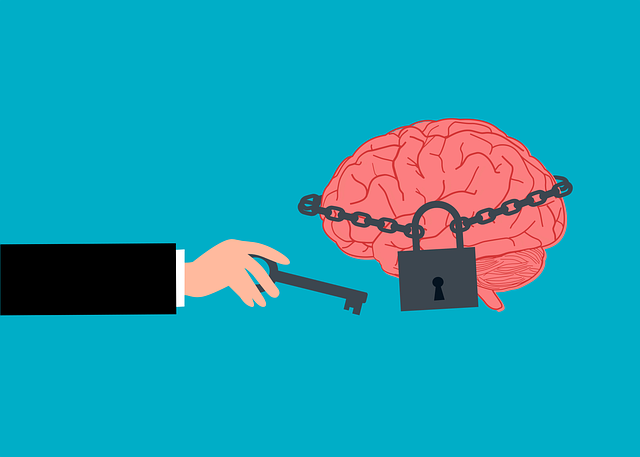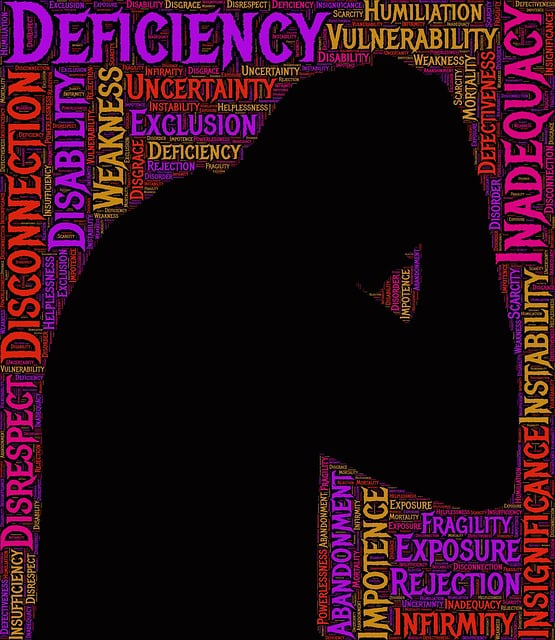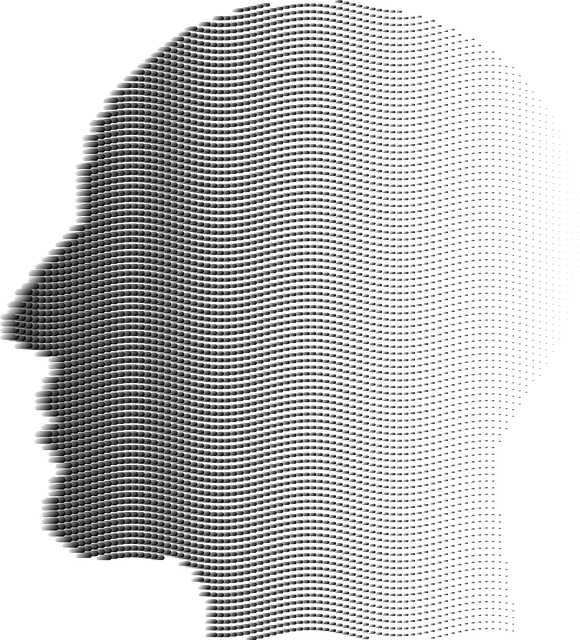Substance abuse among the elderly is a growing concern due to aging's impact on mental health and bodily functions. Specialized therapy, such as biofeedback, integrated into risk management planning is crucial. Biofeedback empowers elders to control involuntary bodily functions, promoting relaxation and stress reduction. Cultural competency training ensures tailored approaches for diverse backgrounds. Holistic assessments considering both physical and mental health are essential. By combining biofeedback with traditional therapy, emotional healing practices, and mental wellness journaling, a comprehensive strategy addresses unique challenges faced by the aging population, preventing substance abuse and promoting overall well-being.
In addressing substance abuse among the elderly, understanding unique risk factors is crucial. This article delves into strategies to mitigate these risks, focusing on the potential of therapy for elders, particularly biofeedback as an innovative tool. We explore how biofeedback enhances traditional treatment methods, offering a holistic approach to reduce substance abuse vulnerabilities in this population. By integrating comprehensive strategies and leveraging biofeedback, we aim to minimize risks and promote better health outcomes for elderly individuals.
- Understanding Substance Abuse Risks in Elderly Populations
- Exploring Therapy for Elders: Biofeedback as a Risk Reduction Tool
- Comprehensive Strategies to Minimize Substance Abuse Risks
Understanding Substance Abuse Risks in Elderly Populations

Substance abuse among the elderly is a growing concern due to aging’s unique impact on the brain and body, often exacerbating existing mental health issues. Understanding these risks requires recognizing that older adults may turn to substances as a coping mechanism for feelings of loneliness, depression, or chronic pain. These behaviors can be further influenced by lifestyle changes, reduced mobility, or even side effects from prescribed medications. Therefore, it’s crucial to integrate specialized therapy for elders, such as biofeedback, into risk management planning for mental health professionals.
Biofeedback serves as a powerful tool in enhancing mental wellness for the elderly by teaching them conscious control over involuntary bodily functions, promoting relaxation and stress reduction. Given the cultural competency training many healthcare providers receive today, this therapeutic approach can be tailored to respect diverse cultural backgrounds and preferences, making it an inclusive strategy for substance abuse risk reduction within this demographic. Furthermore, effective risk mitigation strategies should encompass holistic assessments that consider both physical and mental health aspects, ensuring a comprehensive understanding of each individual’s unique challenges.
Exploring Therapy for Elders: Biofeedback as a Risk Reduction Tool

Exploring Therapy for Elders: Biofeedback as a Risk Reduction Tool
As the population ages, it’s crucial to focus on therapy options tailored to elder care. One innovative approach gaining traction in substance abuse prevention is biofeedback, a technique that empowers individuals to gain control over their physiological responses. By teaching elders how to regulate stress and emotional regulation through real-time feedback from their bodies, biofeedback can serve as an effective risk reduction strategy. This method helps them manage triggers and cravings more effectively, reducing the likelihood of substance abuse relapse.
Integrated into comprehensive care plans alongside traditional therapy sessions and community outreach program implementations, biofeedback offers a valuable tool in burnout prevention strategies for healthcare providers who support elders. By addressing underlying emotional issues and promoting self-awareness, biofeedback complements existing interventions, fostering healthier coping mechanisms and enhancing overall well-being within the elderly population.
Comprehensive Strategies to Minimize Substance Abuse Risks

Substance abuse prevention among elders requires a multi-faceted approach to effectively minimize risks. Comprehensive strategies should include a combination of therapeutic interventions tailored to address underlying emotional and mental health concerns. One such powerful tool is biofeedback therapy, which helps individuals gain control over involuntary bodily functions, promoting relaxation and reducing stress levels. This can be particularly beneficial for elderly individuals as it provides them with a means to manage chronic pain or anxiety without relying on substance abuse.
In conjunction with biofeedback, emotional healing processes play a crucial role in preventing depression and fostering mental wellness. Encouraging elders to engage in journaling exercises can offer a safe space for self-reflection and expression of emotions. This simple yet effective practice allows them to track their moods, identify triggers, and develop coping mechanisms. By combining therapy, biofeedback, and emotional healing practices with guidance on mental wellness journaling, a holistic approach to risk reduction is achieved, ensuring the well-being and independence of our aging population.
Substance abuse among the elderly poses unique challenges, but with comprehensive strategies and innovative tools like biofeedback therapy, significant risks can be reduced. Understanding the specific risks faced by older populations is crucial, and combining this knowledge with evidence-based practices such as biofeedback offers a promising path forward. By integrating these risk reduction techniques into care plans, we can foster healthier, safer environments for elderly individuals, enhancing their quality of life and overall well-being. Therapy for elders, particularly through biofeedback, shows great potential in mitigating substance abuse risks and should be further explored and implemented.














